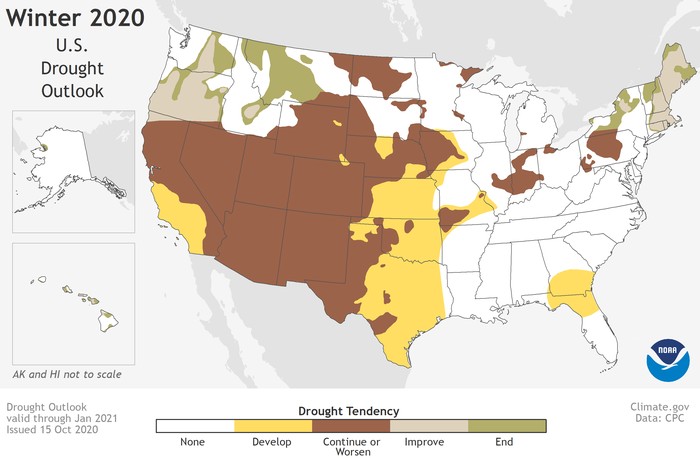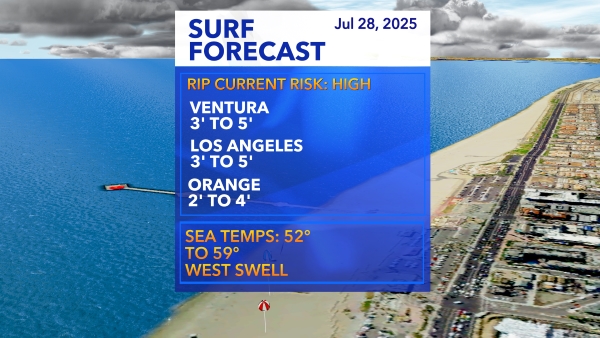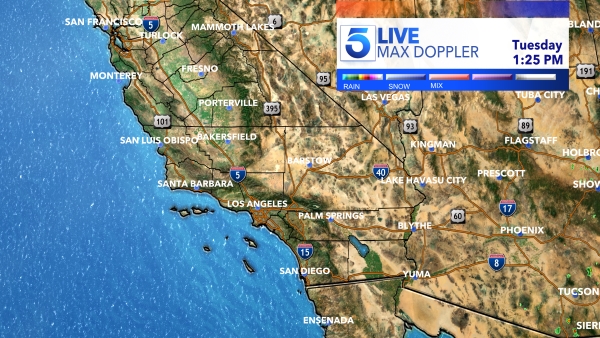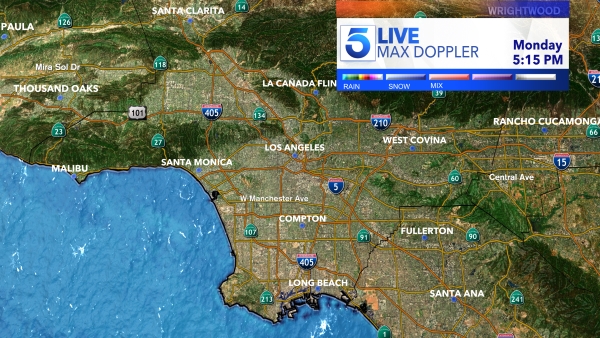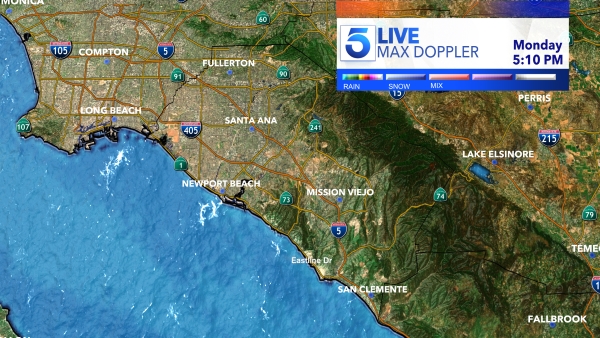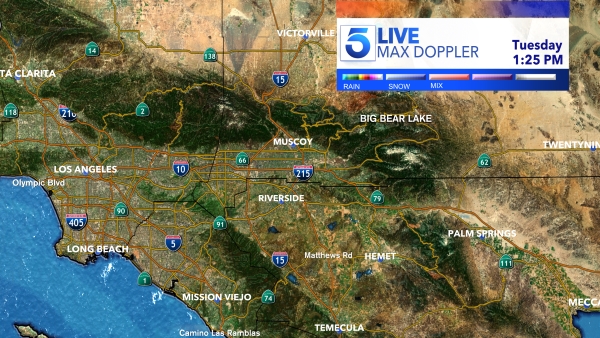Southern California is likely to experience warmer and drier conditions this winter, raising concerns of more potential drought in the state, according to a new seasonal outlook released by the National Oceanic Atmospheric Administration on Thursday.
NOAA’s winter forecast, which spans the months of December to February, attributes the conditions in part to the ongoing La Niña. The weather pattern began developing in August as sea-surface temperatures in the central Pacific Ocean started to cool.
“With La Niña well established and expected to persist through the upcoming 2020 winter season, we anticipate the typical, cooler, wetter North, and warmer, drier South, as the most likely outcome of winter weather that the U.S. will experience this year,” Mike Halpert, the deputy director of NOAA’s Climate Prediction Center, said in a news release posted on the agency’s website.
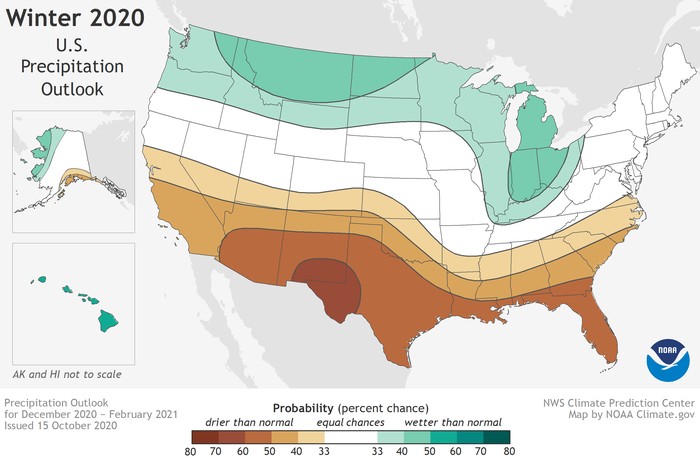
As far as precipitation goes, California has a moderate chance of experiencing drier-than-average weather. In Southern California, the probability is roughly 40 to 50%, according to NOAA.
That could spell trouble for the state’s worsening dry spell, with much of California already mired in at least moderate drought.
The forecast anticipates La Niña conditions will “expand and intensify” persistent drought in the Golden State in the months ahead.
While Southern California is currently drought-free, drought development is expected starting in November, according to NOAA. However, the effects will likely be more pronounced in Northern California, where a large swath is already experiencing extreme drought.
That’s a marked change from last year when, according to the U.S. Drought Monitor, virtually the entire state was drought-free
NOAA’s outlook also predicts above average temperatures for the Golden State between December and February.
The forecast’s release comes amid a persistent fall heat wave that is expected to bring more record-breaking temperatures to Southern California Thursday.
